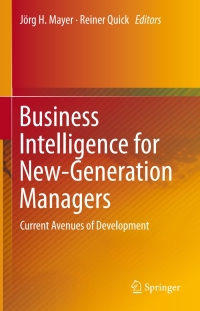Question
This business has planned production and sales for the next nine months as follows: Production Units Sales Units May 650 630 June 700 700 July
This business has planned production and sales for the next nine months as follows:
Production Units Sales Units May 650 630 June 700 700 July 800 800 August 800 820 September 850 830 October 900 900 November 1,000 970 December 1,100 1,050 January 950
1,000
During the period, the business plans to advertise so as to promote sales. Payments for advertising of 1,500 and 2,000 will be made in July and October respectively. The selling price per unit will be 25 throughout the period. Thirty per cent of sales are normally made on two months credit. The other 70 per cent are settled within the month of the sale. Raw materials will be held for one month before they are taken into production. Purchases of raw materials will be on one months credit (buy one month, pay the next). The cost of raw materials is 10 per unit of production. The direct labour cost will be 8 per unit of production. This is a variable cost. It will be paid in the month concerned. Various fixed production overheads, which during the period to 30 June had run at 2,200 a month, are expected to rise to 2,500 each month from 1 July to 31 October. These are expected to rise again from 1 November to 2,800 a month and to remain at that level for the foreseeable future. These overheads include a steady 500 each month for depreciation. Overheads are planned to be paid 60 per cent in the month of production and 40 per cent in the next month. To help to meet the planned increased production, a new item of plant will be bought and delivered in September. The cost of this item is 9,000; the contract with the supplier will specify that this will be paid in three equal amounts in September, October and November.
3
HNC/HND Business The business plans to hold raw materials inventories of 700 units on 1 July. The balance at the bank on the same day is planned to be 9,900. You have been asked to prepare a memorandum that includes the following: 1. Draw up the following for the six months ending 31 December: 1.1 A raw materials inventories budget, showing both physical quantities and financial values. 1.2 A trade payables budget. 1.3 A cash budget. 1.4 A budgeted income statement for the month of July. 2. The cash budget reveals a potential cash deficiency in specific months. Can you show which months occur this deficiency and suggest any ways in which a modification of plans could overcome this problem? 3. Calculate the actual profit for July and reconcile it with the budgeted profit for the month calculated in (1.4) above. The reconciliation should include the following variances: 3.1 sales volume 3.2 sales price 3.3 direct materials 3.4 direct labour 3.5 fixed overheads. The following information is relevant: During July, 790 units were sold for a total of 20,000. The raw material cost was 8,100. The labour cost was 5,500. The fixed production overheads cost was 2,550. 5. An evaluation of the role that budgets play in the effective planning and control of resources in an organisation such as your clients. This will include both benefits and any limitations of using budgets and the extent to which they can help identify problems and corrective actions. 6. An outline of a range of budgetary control solutions, with justification, to support organisation decision making and ensure efficient and effective deployment of resources.
Step by Step Solution
There are 3 Steps involved in it
Step: 1

Get Instant Access to Expert-Tailored Solutions
See step-by-step solutions with expert insights and AI powered tools for academic success
Step: 2

Step: 3

Ace Your Homework with AI
Get the answers you need in no time with our AI-driven, step-by-step assistance
Get Started


